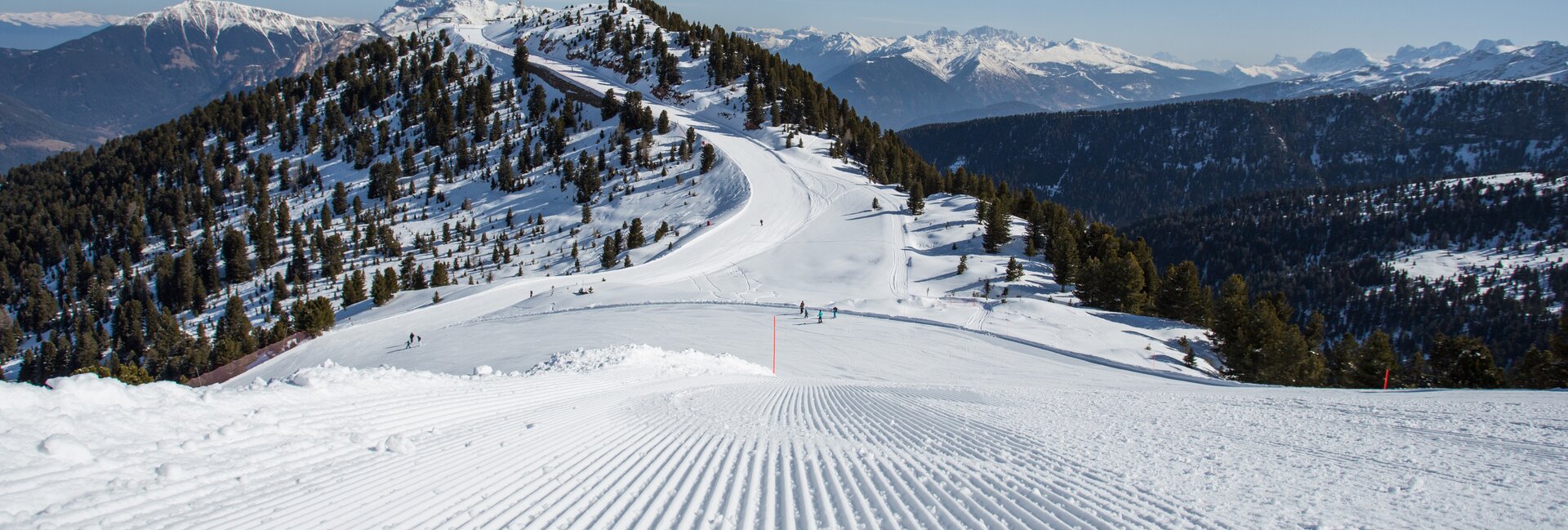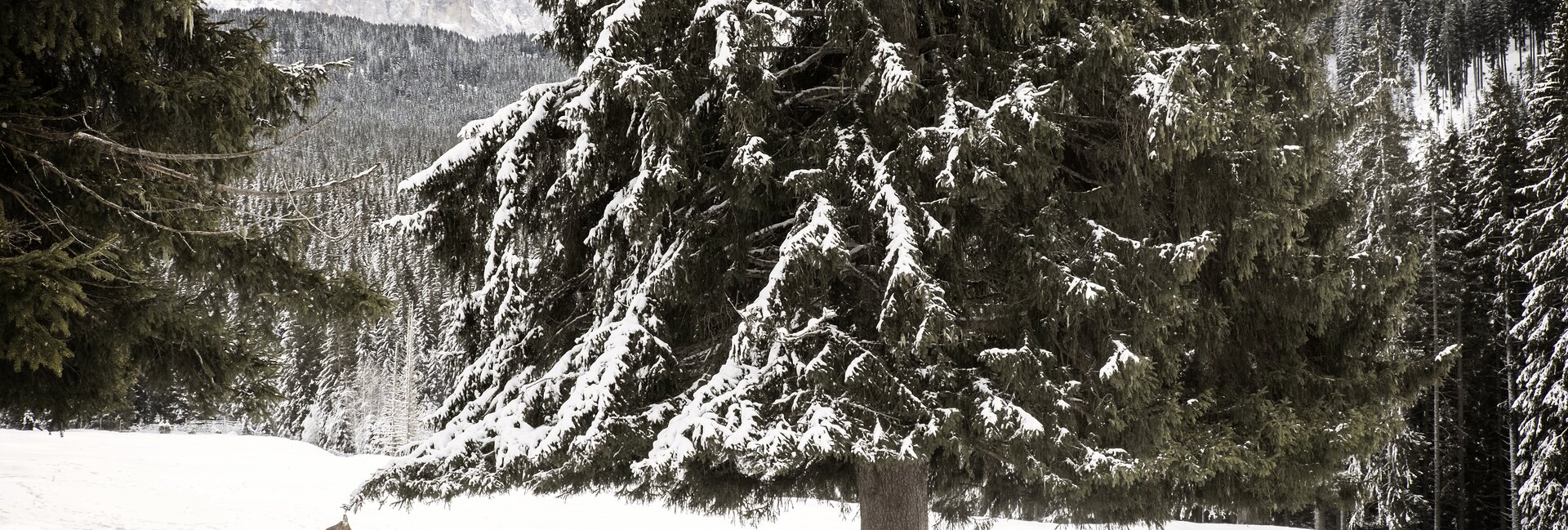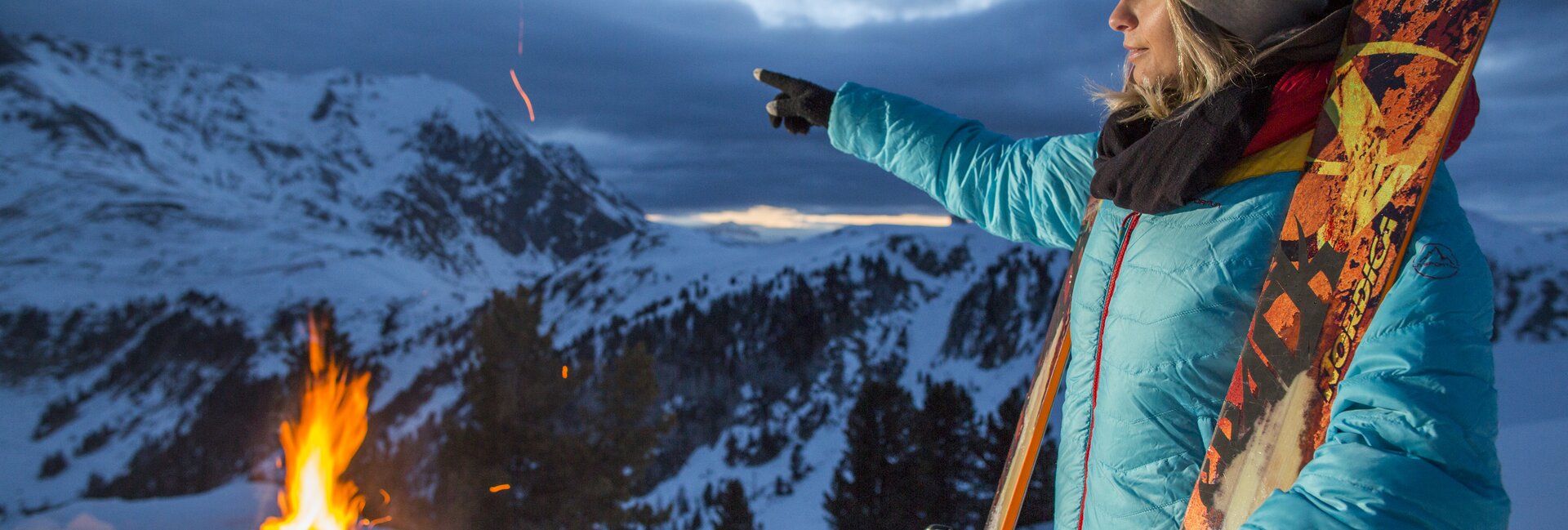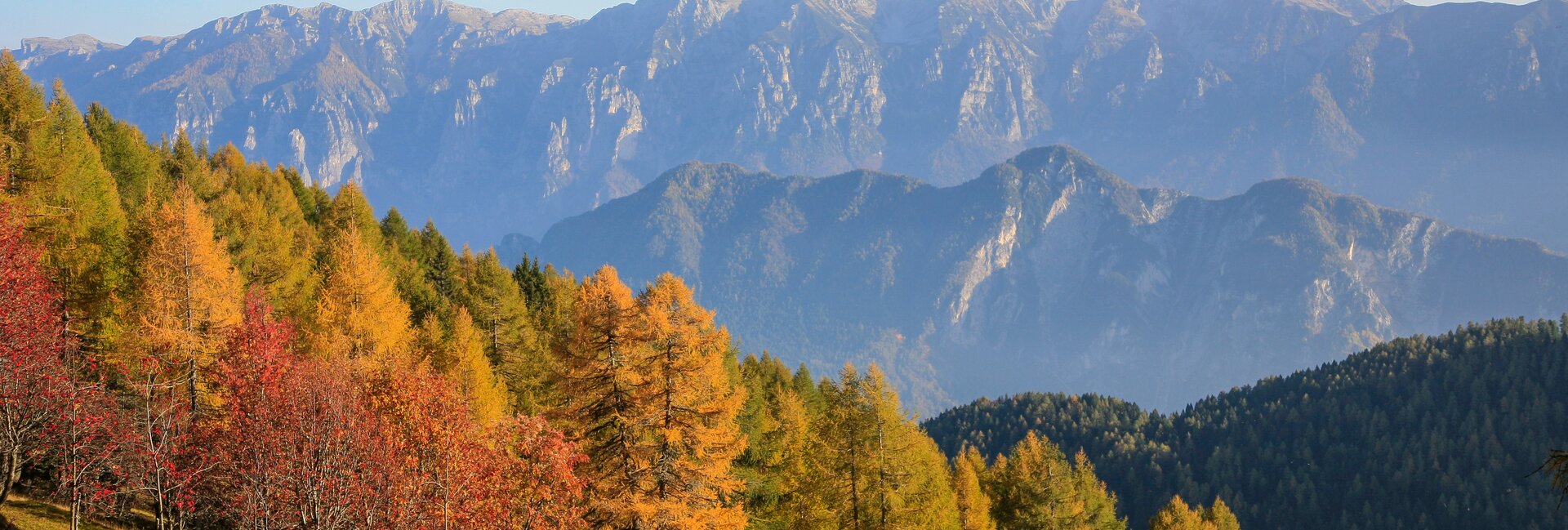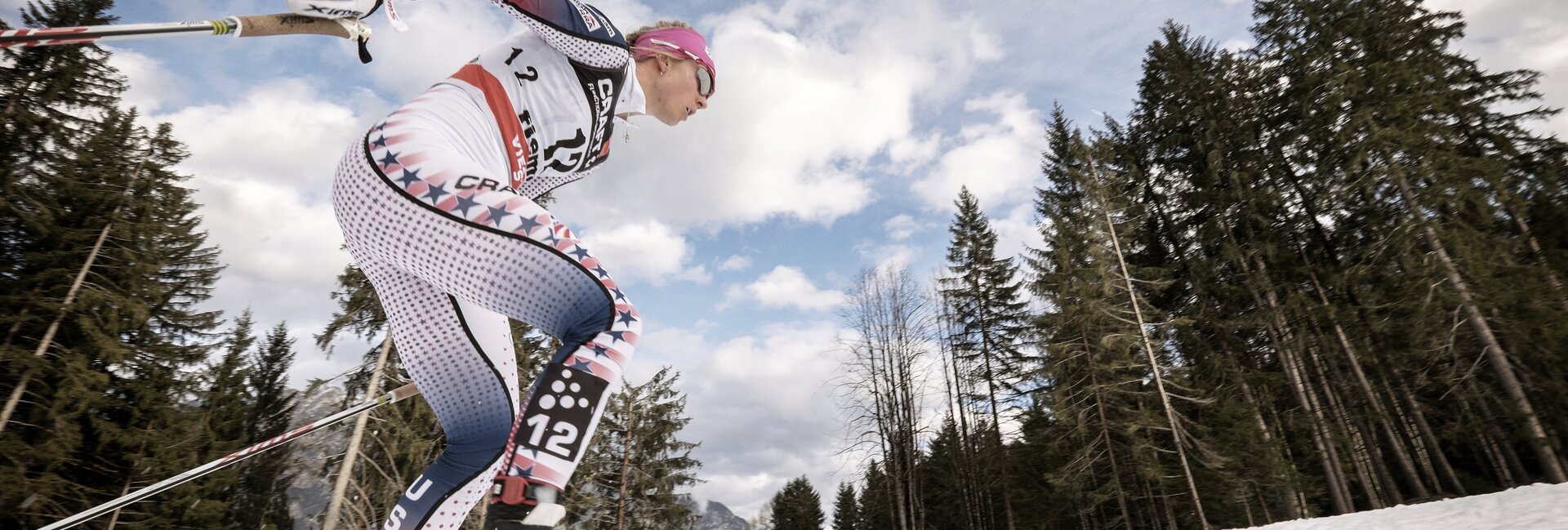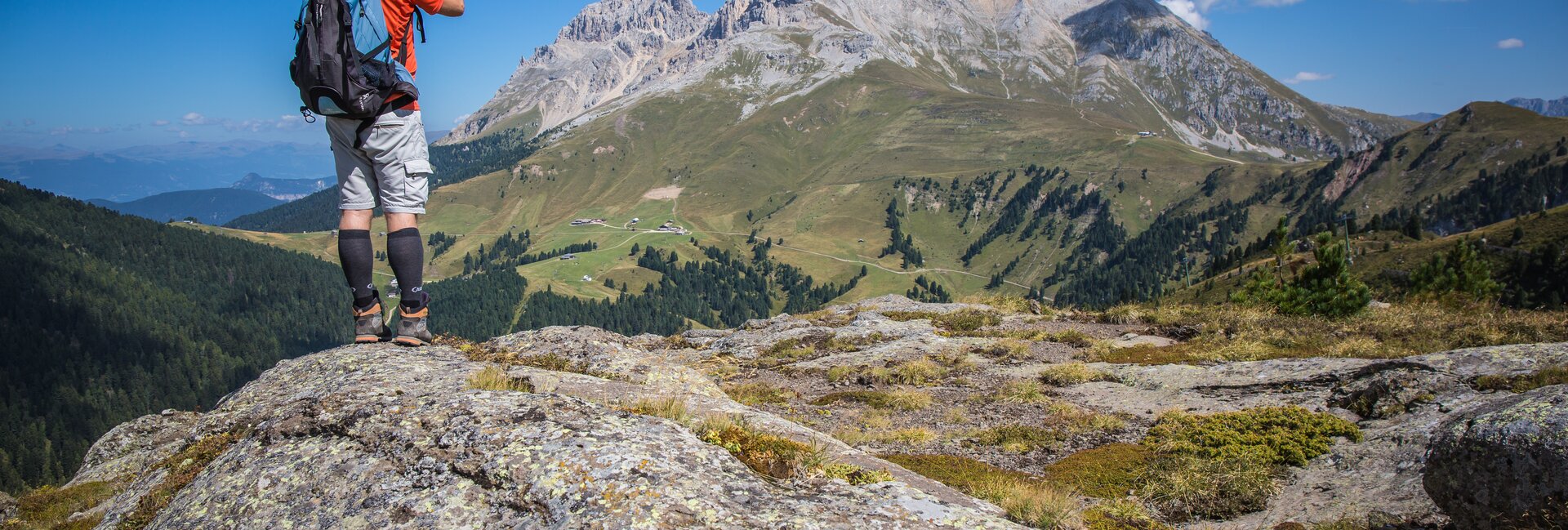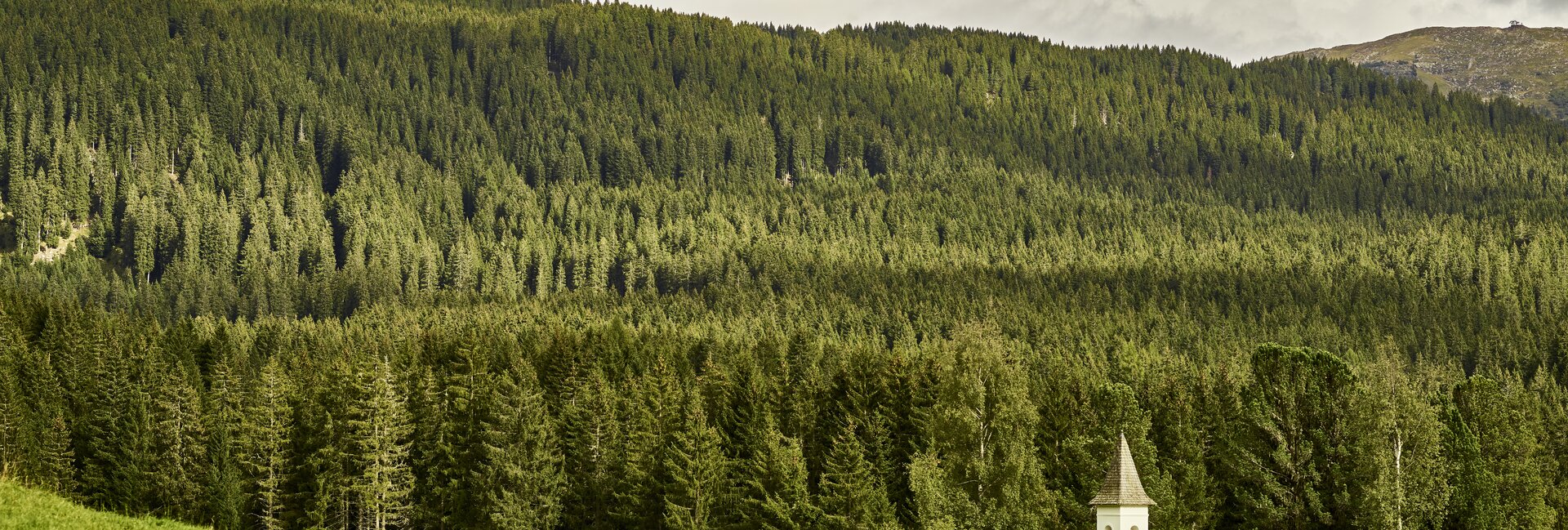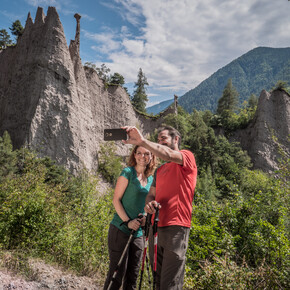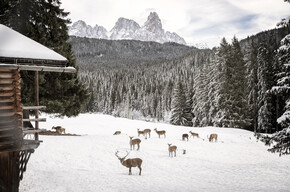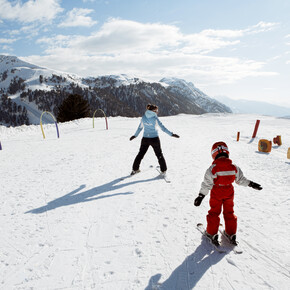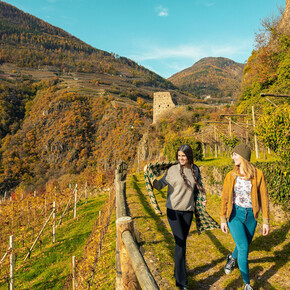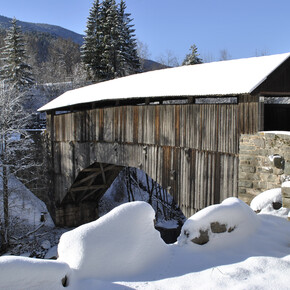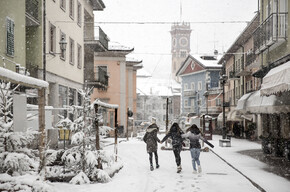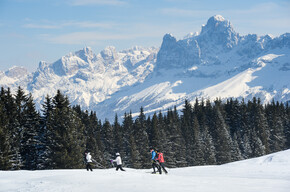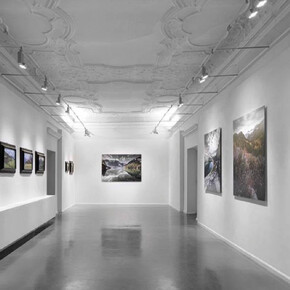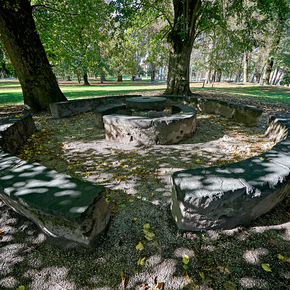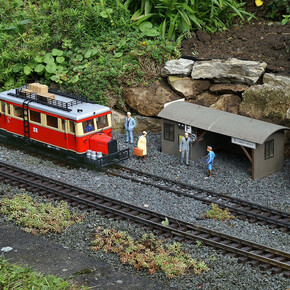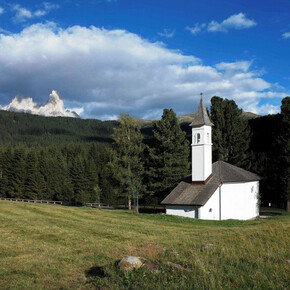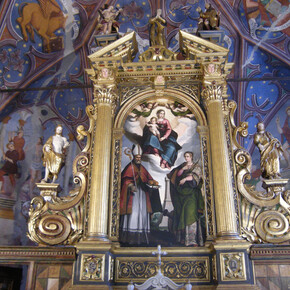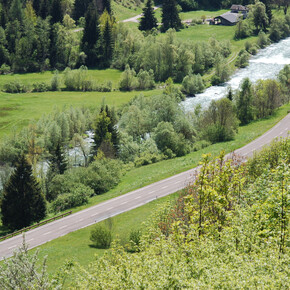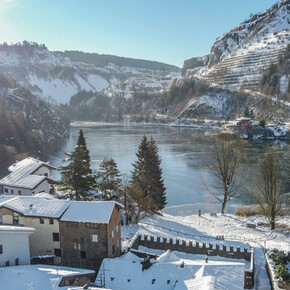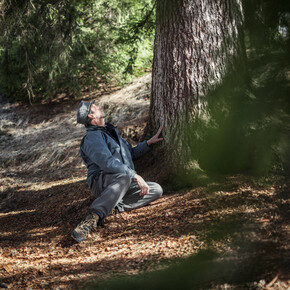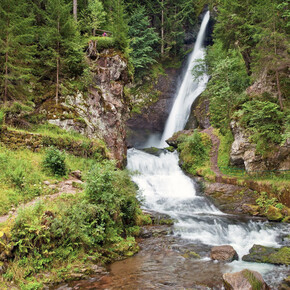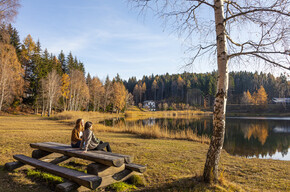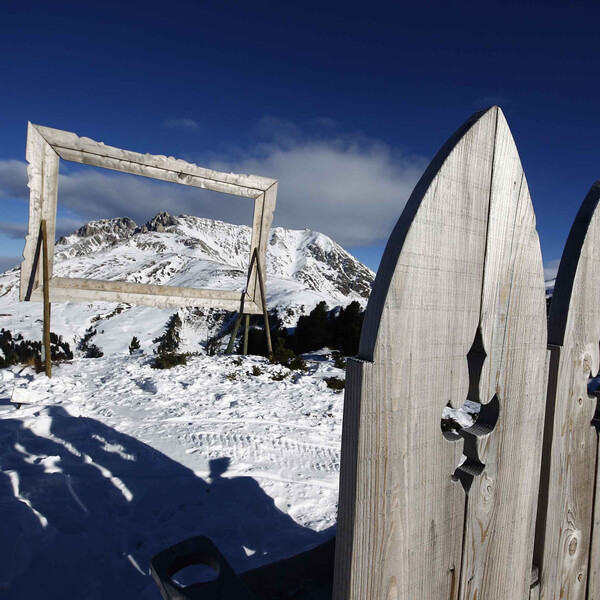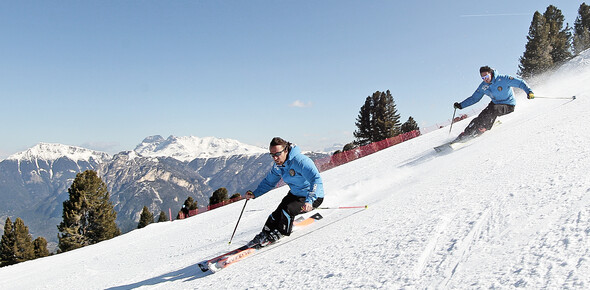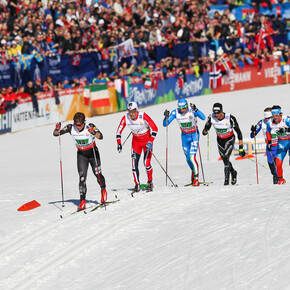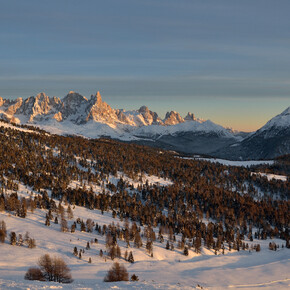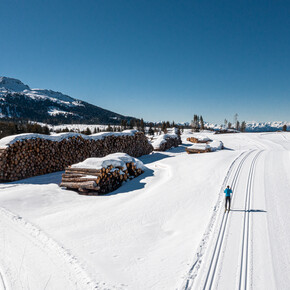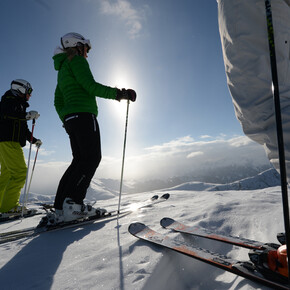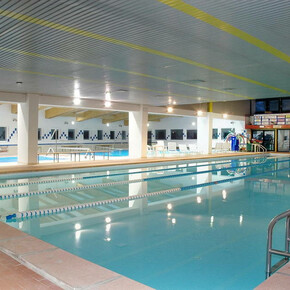Val di Fiemme and Val di Cembra
Unbeatable holidays in the heart of nature
- Skiing in the Dolomiti Superski area
- Visiting the Forest of Violins
- Seeing the Pyramids of Segonzano
- Tasting in a Val di Cembra winery
Surrounded by mountains and thick fir woods, Val di Fiemme is a valley that lies among such famous peaks in the Dolomites as Latemar, the Pale di San Martino (a UNESCO World Heritage Site), the Lagorai mountain range, the Parco Naturale del Monte Corno and the Parco Naturale di Paneveggio. At the bottom of the valley are a number of picturesque, vibrant little towns and villages, such as Cavalese, Predazzo, Ziano di Fiemme and Carano.
The Parco Naturale di Paneveggio is a park of great natural interest. It’s famous for its trees, which are mostly European spruces. Their slow rate of growth and exposure to sunlight give them distinctive qualities, most notably in terms of resonance. Ever since the early 17th century, they have attracted luthiers from all over the world. They come in search of the perfect wood for making instruments, hence the legendary name “Forest of Violins”.
Alpine and Nordic skiing are the most popular activities here in the winter. There are 110 km of pistes in the Dolomiti Superski area and a total of 150 km of trails at the two cross-country ski centres. Every winter, Val di Fiemme plays host to the Marcialonga, which is Italy’s leading and most famous cross-country ski race.
In these thriving natural surroundings, there are numerous paths both in the woods and higher up on the ridges and peaks, such as the Latemar Trekking trails. Those who prefer pedal power will find cycle paths such as the one that runs through the valley and connects it to Val di Fassa, as well as loops like the Dolomiti Lagorai Bike Tour.
One of the experiences that we’d recommend is canyoning along the Avisio stream, which runs down Val di Fiemme and continues into the nearby Val di Cembra, where it flows through a deep gorge.
Found next to Val di Fiemme, the landscape in Val di Cembra is full of breathtaking contrasts: counterbalancing the towering ravine carved out by the Avisio are terraces cut into the sunny slopes. Agriculture here requires epic feats and the complex network of terraces on dry stone has really made its mark on the landscape. Some outstanding wines and spirits are made here, including whites such as Müller-Thurgau, reds like Schiava, and Trentodoc sparkling wine (which is made using the traditional method).
Val di Cembra forms the backdrop to part of the historic path known as the Dürerweg, which follows the route of Albrecht Dürer’s legendary "trip to Italy" and reaches as far as the rare geographical phenomenon known as the Pyramids of Segonzano. Standing up to 20 metres tall, these earth pyramids date back to approximately 20,000 years ago and their wonders are still plain to see today.
Another famous trail that goes through the valley is the E5 European long-distance path, which starts on the Atlantic coast in Brittany, crosses the Alps and ends in Venice. In Val di Cembra, it goes past ancient villages, the castle ruins in Segonzano, terraced vineyards and the Pyramids of Segonzano.
